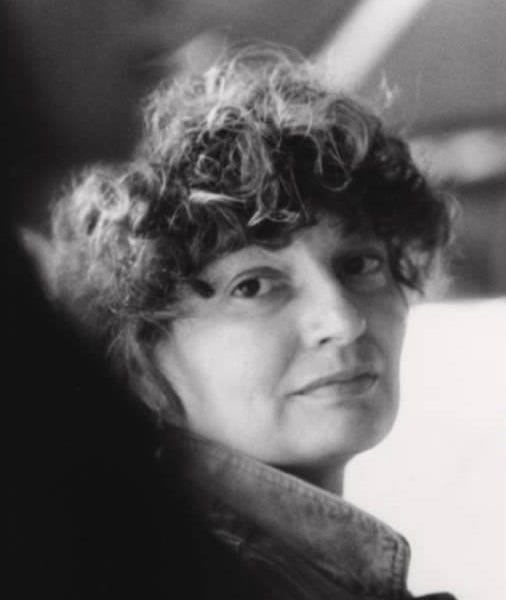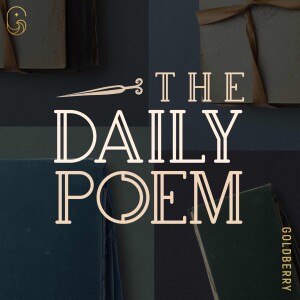
Kenyon published four volumes of poetry during her life: From Room to Room (1978), The Boat of Quiet Hours (1986), Let Evening Come (1990), and Constance (1993), and, as translator, Twenty Poems of Anna Akmatova (1985). Despite her relatively small output, her poetry was highly lauded by critics throughout her lifetime. As fellow poet Carol Muske remarked in the New York Times when describing Kenyon’s The Boat of Quiet Hours, “These poems surprise beauty at every turn and capture truth at its familiar New England slant. Here, in Keats’s terms, is a capable poet.” Indeed, Kenyon’s work has often been compared with that of English Romantic poet John Keats; in an essay on Kenyon for Contemporary Women Poets, Gary Roberts dubbed her a “Keatsian poet” and noted that, “like Keats, she attempts to redeem morbidity with a peculiar kind of gusto, one which seeks a quiet annihilation of self-identity through identification with benign things.”The cycles of nature held special significance for Kenyon, who returned to them again and again, both in her variations on Keats’s ode “To Autumn,” and in other pastoral verse. In Let Evening Come [from which today’s poem comes], her third published collection—and one that found the poet taking what Poetry essayist Paul Breslin called “a darker turn”—Kenyon explored nature’s cycles in other ways: the fall of light from day to dusk to night, and the cycles of relationships with family and friends throughout a long span of years brought to a close by death. Let Evening Come “shows [Kenyon] at the height of her powers,” according to Muske in a review of the 1990 volume for the New York Times Book Review, with the poet’s “descriptive skills… as notable as her dramatic ones. Her rendering of natural settings, in lines of well-judged rhythm and simple syntax, contribute to the [volume’s] memorableness.”
-bio via Poetry Foundation
Get full access to The Daily Poem Podcast at dailypoempod.substack.com/subscribe
More Episodes
 2024-10-15
2024-10-15
 2024-10-11
2024-10-11
 2024-10-10
2024-10-10
 2024-10-08
2024-10-08
 2024-10-08
2024-10-08
 2024-10-04
2024-10-04
 2024-10-03
2024-10-03
 2024-10-02
2024-10-02
 2024-10-01
2024-10-01
 2024-09-30
2024-09-30
 2024-09-26
2024-09-26
 2024-09-25
2024-09-25
 2024-09-24
2024-09-24
 2024-09-23
2024-09-23
 2024-09-20
2024-09-20
 2024-09-19
2024-09-19
Create your
podcast in
minutes
- Full-featured podcast site
- Unlimited storage and bandwidth
- Comprehensive podcast stats
- Distribute to Apple Podcasts, Spotify, and more
- Make money with your podcast
It is Free
- Privacy Policy
- Cookie Policy
- Terms of Use
- Consent Preferences
- Copyright © 2015-2024 Podbean.com




